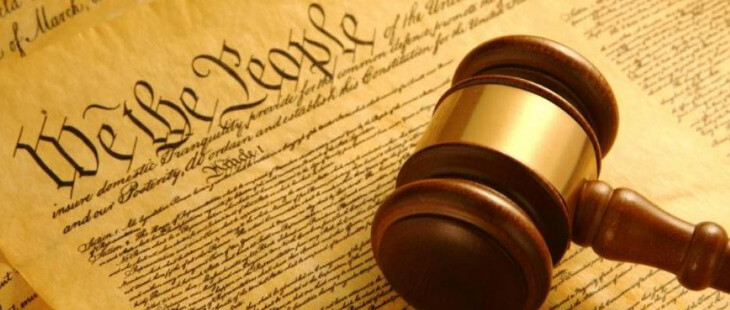

The CFPB’s authority over consumer financial products and services includes rulemaking authority with respect to the enumerated statutes, the ability to issue orders, including orders prohibiting products and services which it concludes are “abusive” or substantively unfair, as well as the power to impose significant financial penalties on financial services companies. The CFPB has expansive authority to “implement and, where applicable, enforce Federal consumer financial law,” which includes 19 enumerated federal consumer-protection statutes and the Dodd-Frank Act’s broad prohibition on unfair, deceptive, and abusive acts and practices.

In response to the 2008 financial crisis, Congress passed the Dodd-Frank Wall Street Reform and Consumer Protection Act (the “Dodd-Frank Act”), creating the CFPB as an independent financial regulator within the Federal Reserve System. While we believe the agency will attempt to cure the constitutional defect, we expect continued litigation-and uncertainty-on this issue. Third, the Court left one important question unanswered: it declined to address the effect of its ruling on prior CFPB rules and enforcement actions. Second, the CFPB’s Director is now directly accountable to the President, significantly raising the stakes in the 2020 election for the agency’s regulatory and enforcement agenda. First, the CFPB is here to stay, and its broad authorities and other controversial aspects (such as its insulation from Congressional appropriations) remain intact. While Seila Law is an important case in the evolving doctrine of separation of powers as applied to independent agencies, the case has three immediate consequences for financial services companies. The Court held 7-2 that the Director’s constitutionally offensive removal protection could be severed from the CFPB’s other authorities, thus bringing the Director (and with her, the CFPB) under Presidential control, while leaving the CFPB’s other powers in place. Choosing “a scalpel rather than a bulldozer,” the Court did not invalidate the CFPB. Consumer Financial Protection Bureau, finally resolving the question that has dogged the new agency since its inception: Is the leadership structure of the Consumer Financial Protection Bureau (CFPB) constitutional? Writing for a 5-4 majority, Chief Justice John Roberts ruled that the CFPB structure-“an independent agency that wields significant executive power and is run by a single individual who cannot be removed by the President unless certain statutory criteria are met”-violates the Constitution’s separation of powers.įor financial services companies regulated by the CFPB, the most important aspect of Seila Law is not the headline constitutional defect, but the remedy. On June 29, the Supreme Court issued its long-awaited opinion in Seila Law LLC v.


 0 kommentar(er)
0 kommentar(er)
